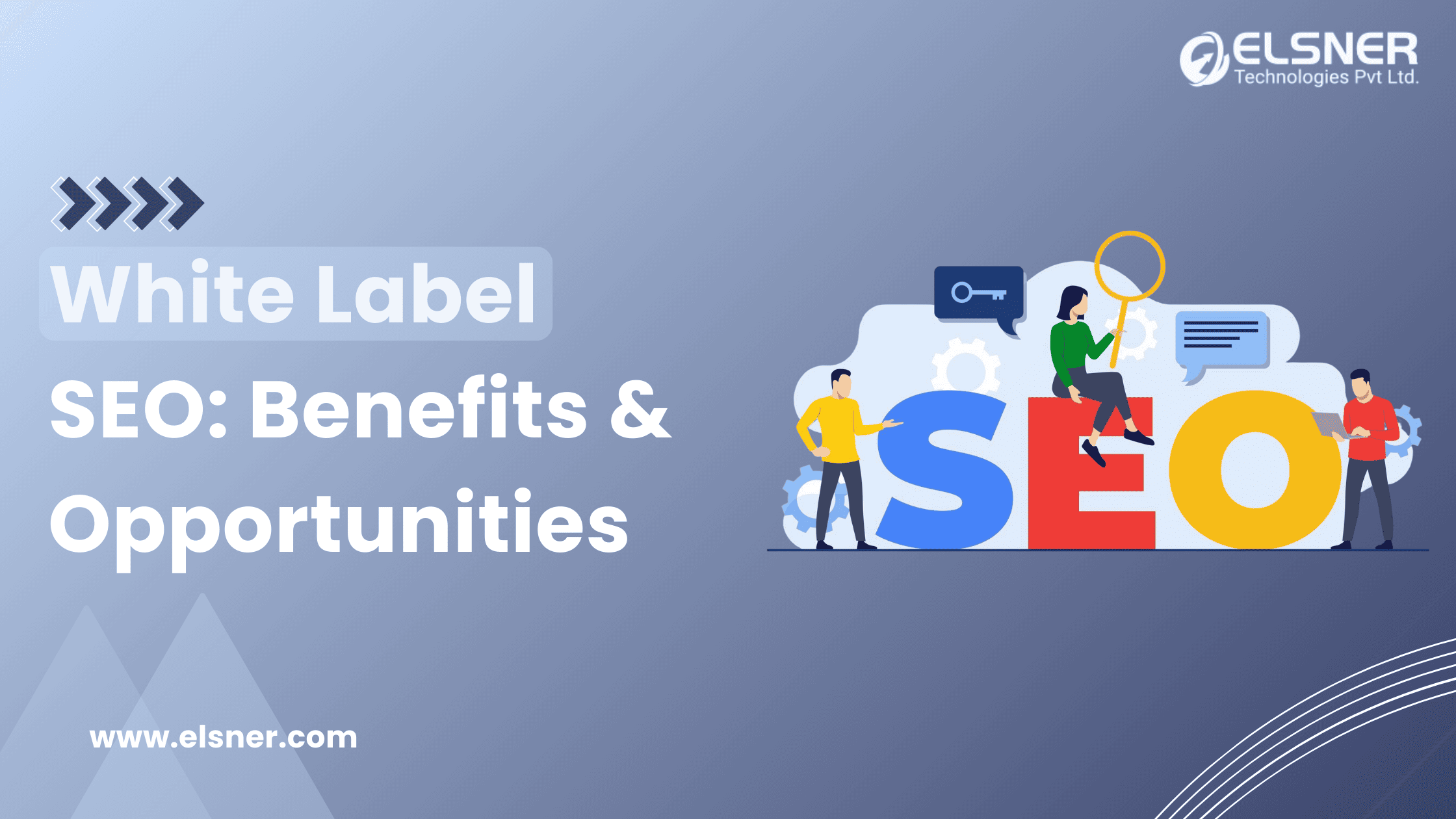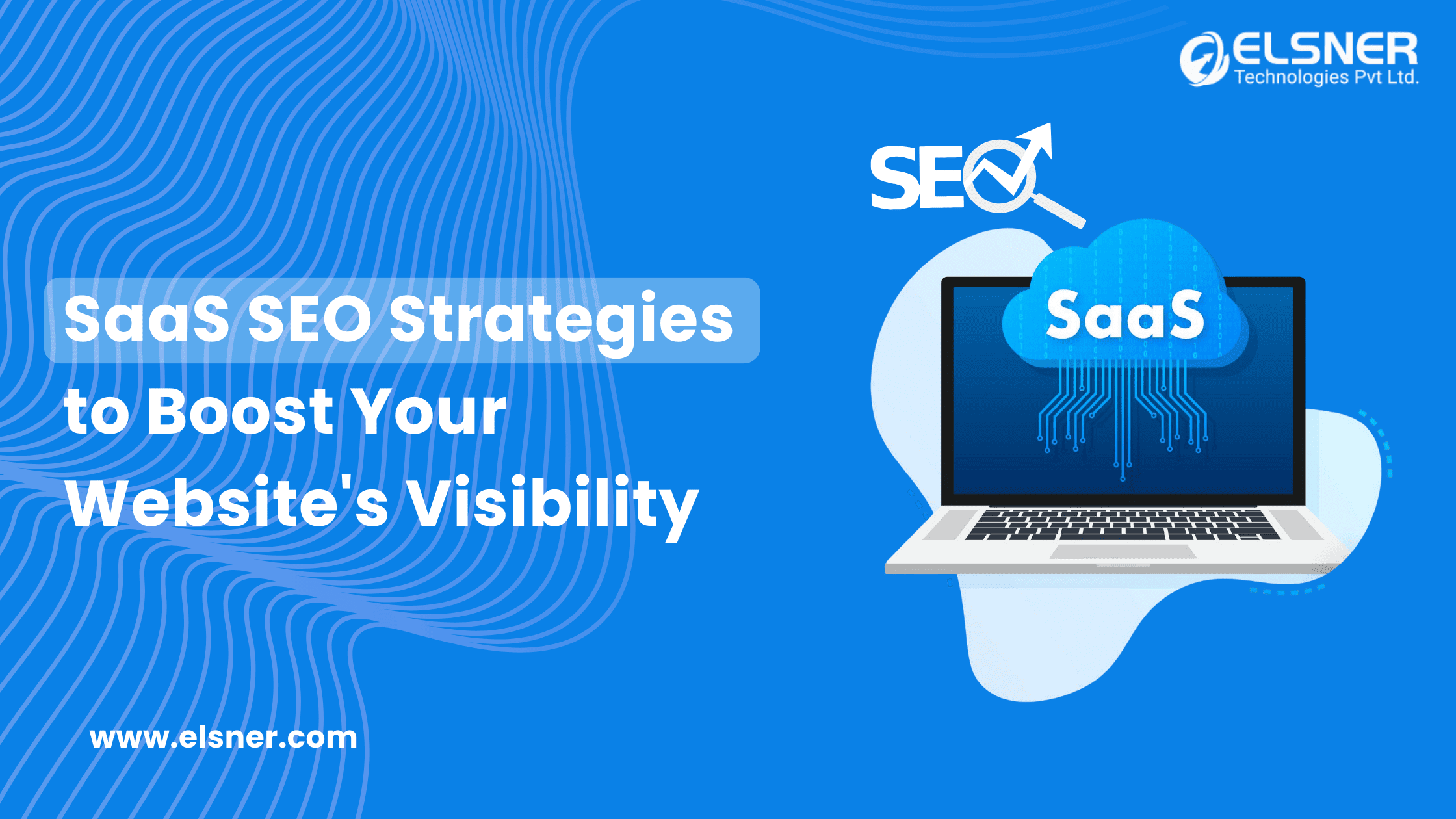- Types of Search Intent
- 1. Informational Intent
- 2. Navigational Intent
- 3. Transactional Intent
- 4. Commercial Intent
- How to Identify User Search Intent?
- Step 1: Analyze SERP Features
- Step 2: Use Keyword Modifiers
- Step 3: Leverage Analytics Data
- Step 4: Group Keywords by Intent
- Optimizing Content According to Search Intent
- 1. Match Content Format to Intent
- 2. Write Clear Meta Tags
- 3. Use Effective CTAs Based on Intent
- 4. Consider Voice Search Optimization
- Advanced Tips for Targeting Search Intent in SEO
- Importance of Search Intent for SEO Success
- Conclusion
As a new marketer venturing into the SEO world, understanding user search intent is essential. Knowing why users typically search and craft content that aligns with their specific needs can set you up for SEO success. According to statistics, 68% of all online activities begin with a search engine, which means if your content doesn’t meet search intent in SEO, you risk losing out on valuable traffic and potential conversions.
She mentions,”The marketers who’ll thrive are those who use AI’s powers to build higher-impact content that meets people’s evolving wants and expectations,” -Purna Virji,a leading consultant,
In this guide, you’ll gain insight into types of user intent search queries, how to identify them, and actionable tips to optimize content for each type. By aligning your SEO approach with keyword search intent, you can attract relevant traffic and enhance user satisfaction. If you’re ready to level up your SEO game, let’s dive in!
Types of Search Intent

For marketers to target the appropriate audience at the appropriate point in their journey, it is essential to comprehend the four categories of search intent in SEO. A different reason for a user’s query is indicated by each type of search intent.
Employing Affordable SEO Services allows companies to customize their content to meet the unique demands of their audience, increasing search engine rankings and user engagement. You can create content that appeals to the correct audience and guarantees that your SEO efforts are successful and economical by being aware of these categories.
[Source: Backlinko]
1. Informational Intent
Informational intent refers to searches aimed at finding information or gaining knowledge on a topic. Users with informational intent are not ready to purchase; instead, they’re looking to learn or find answers. This intent is ideal for content like blog posts, how-to guides, and educational articles.
Example queries:
- “What is search intent in SEO?”
- “How does keyword search intent affect rankings?”
For new marketers, capturing informational intent is an effective way to drive top-of-funnel traffic, positioning yourself as an expert resource. If you want to learn more, you can reach out to an agency that is dedicated to offering cutting-edge Ecommerce SEO services.
2. Navigational Intent
Navigational intent is when users search for a specific website or page, often using branded terms. While it may not provide much opportunity for ranking if you’re not the brand in question, knowing this intent can help optimize for branded keywords on your site.
Example queries:
- “Facebook login”
- “LinkedIn careers”
Knowing user intent search queries with a navigational focus helps you identify branded keywords relevant to your business.
3. Transactional Intent
Transactional intent indicates that users are ready to buy or take action. They might search for terms like “buy,” “order,” or “price” as they look for specific products or services. Content targeting transactional intent includes product pages, Ecommerce listings, and service pages, with clear calls to action to encourage conversions.
Example queries:
- “Buy iPhone 15 Pro Max online”
- “Order organic skincare products”
It is vital to note that transactional queries are highly valuable, as they directly influence purchase decisions and conversions.
4. Commercial Intent
Commercial intent is a blend of informational and transactional intents. Users with commercial intent are often researching options before making a purchase decision. They’re looking for comparisons, reviews, and guides to help them make an informed choice. To attract these users, Ecommerce SEO Strategies such as creating “Top 10” lists, comparison articles, and product reviews are essential for targeting commercial intent effectively, ensuring that users find the content they’re looking for and are more likely to convert into customers.
Example queries:
- “Best laptops for work and play”
- “Top SEO services USA”
So, targeting commercial intent queries can attract potential clients in the decision-making phase.
How to Identify User Search Intent?
Identifying user intent search queries is an art, but with a structured approach, it becomes easier to uncover the user’s true purpose. Here’s a systematic approach to understanding and identifying search intent.
Step 1: Analyze SERP Features
The Search Engine Results Page (SERP) provides insights into user search intent by showing the types of content Google prioritizes. For instance:
- Informational queries often show blog posts, “how-to” articles, or featured snippets.
- Transactional queries display product pages, shopping ads, and sometimes pricing information.
By studying the top results for your target keywords, you gain clues about the intent Google believes users have. This analysis can reveal opportunities to create targeted product pages that answer searchers’ transactional intent. You can get in touch with a reputable
Ecommerce SEO company to get any related information or assistance.
Step 2: Use Keyword Modifiers
Modifiers in queries signal different intents. Words like “buy,” “best,” and “review” often imply transactional or commercial intent, while “how,” “what,” and “why” suggest informational intent. Using these keywords helps you categorize queries accurately and build content around them.
| Intent Indicators | Sample Modifiers | Example Queries |
| Informational | what, how, guide | “How does search intent affect SEO?” |
| Navigational | brand names, URLs | “LinkedIn login” |
| Transactional | buy, price, order | “Buy iPhone 14 Pro Max” |
| Commercial | best, top, review, compare | “Best laptops for work and play” |
Step 3: Leverage Analytics Data
Tools like Google Analytics and Search Console provide valuable insights into user search intent. By reviewing actual search queries, you can better understand the specific needs of your audience and adapt content accordingly. However, understanding these insights also helps in tackling SEO Ranking Challenges.
For instance, if users are frequently landing on your site after searching for “SEO services USA,” it’s a cue to build content around professional SEO services targeting the American market.
Step 4: Group Keywords by Intent
Organize keywords by intent type for more efficient content creation. For example, list all “how-to” keywords under informational intent and “buy” keywords under transactional intent. Grouping helps streamline content planning and ensures each page has a clear focus.
Optimizing Content According to Search Intent

Once you’ve identified user search intent, it’s time to optimize content for maximum effectiveness. Here are strategies for each type of intent:
1. Match Content Format to Intent
Each user intent search query is best suited to specific content formats. Below is a table that summarizes the ideal content format for each intent type:
| Intent Type | Ideal Content Format |
| Informational | Blog posts, guides, FAQs, “how-to” articles |
| Navigational | Direct links, branded pages, landing pages |
| Transactional | Product pages, service listings, special offers, clear CTAs |
| Commercial | Product comparisons, review articles, top 10 lists, guides |
Matching content format to keyword search intent aligns user expectations with what you offer, boosting engagement.
2. Write Clear Meta Tags
Meta titles and descriptions are your first chance to signal search intent SEO relevance. Be concise but clear, incorporating keyword search intent phrases and indicating the content’s value. For instance, a title like “Professional SEO Services for Better Rankings” is direct and attracts users with transactional or commercial intent.
3. Use Effective CTAs Based on Intent
Calls to action (CTAs) are particularly effective for transactional and commercial intent. If users are researching options, use CTAs like “Compare Our Services” or “Get Your Free Consultation.” For informational intent, CTAs like “Learn More” or “Discover the Guide” invite users to engage further.
4. Consider Voice Search Optimization
Voice search is on the rise, and it’s often conversational. Including natural language and conversational phrases aligns your content with how people search by voice. This improves accessibility for users and helps capture more traffic through user-intent search queries that mimic speech.
Advanced Tips for Targeting Search Intent in SEO

To make your content stand out, consider these advanced strategies for search intent SEO:
1. Create Intent-Based Content Clusters: organize content around clusters of related topics. For example, a primary article on “Best SEO Practices for 2024” can link to related posts like “How to Match Content with User Intent in SEO” and “Understanding the Role of Keyword Search Intent in Ecommerce SEO.”
This structure keeps readers engaged, offers depth, and signals relevance to search engines by providing comprehensive coverage of intent-based SEO strategies. Additionally, this approach can be helpful for Google Penalties Recovery, as search engines reward well-organized, relevant content.
2. Include Interactive Elements: For informational and commercial intent, interactive elements like calculators, quizzes, or comparison tables provide a unique experience. These elements keep users on the page longer, indicating to Google that your content is engaging and relevant.
3. Build Case Studies and Success Stories: Case studies are effective for targeting commercial intent. By showcasing real-world results, you build credibility and provide practical value. A case study detailing how your services helped a brand could attract users researching related options.
4. Leverage Data-Driven Insights: Including recent statistics and insights can enhance informational content and build trust. For example, stating that “68% of online experiences start with a search engine” offers credibility and authority to your content, attracting users with informational intent.
Importance of Search Intent for SEO Success

Focusing on user search intent is essential for successful SEO. Google increasingly prioritizes intent-based content, making it crucial for Digital Marketing Companies to understand search intent to enhance visibility, user satisfaction, and conversions. Aligning content with keyword search intent can drive targeted traffic, particularly for Ecommerce businesses.
For example, nearly 70% of consumers are more likely to engage with a brand offering relevant content matching their search. By catering to user intent search queries, businesses can improve both rankings and the overall user experience.
Conclusion
Thus, understanding and catering to user search intent is a powerful strategy for SEO success. By aligning content with keyword search intent, you not only attract relevant audiences but also provide a seamless, user-centered experience. Additionally, integrating Local SEO Services into your content strategy can significantly improve your visibility for location-based searches. Tailoring content to search intent SEO enhances engagement, builds trust, and supports your local search efforts.
With this knowledge, you’re now ready to optimize content based on user intent search queries and improve both rankings and conversions. Remember, the audience is searching—make sure they’re finding exactly what they’re looking for!

About Author
Harshal Shah - Founder & CEO of Elsner Technologies
Harshal is an accomplished leader with a vision for shaping the future of technology. His passion for innovation and commitment to delivering cutting-edge solutions has driven him to spearhead successful ventures. With a strong focus on growth and customer-centric strategies, Harshal continues to inspire and lead teams to achieve remarkable results.






